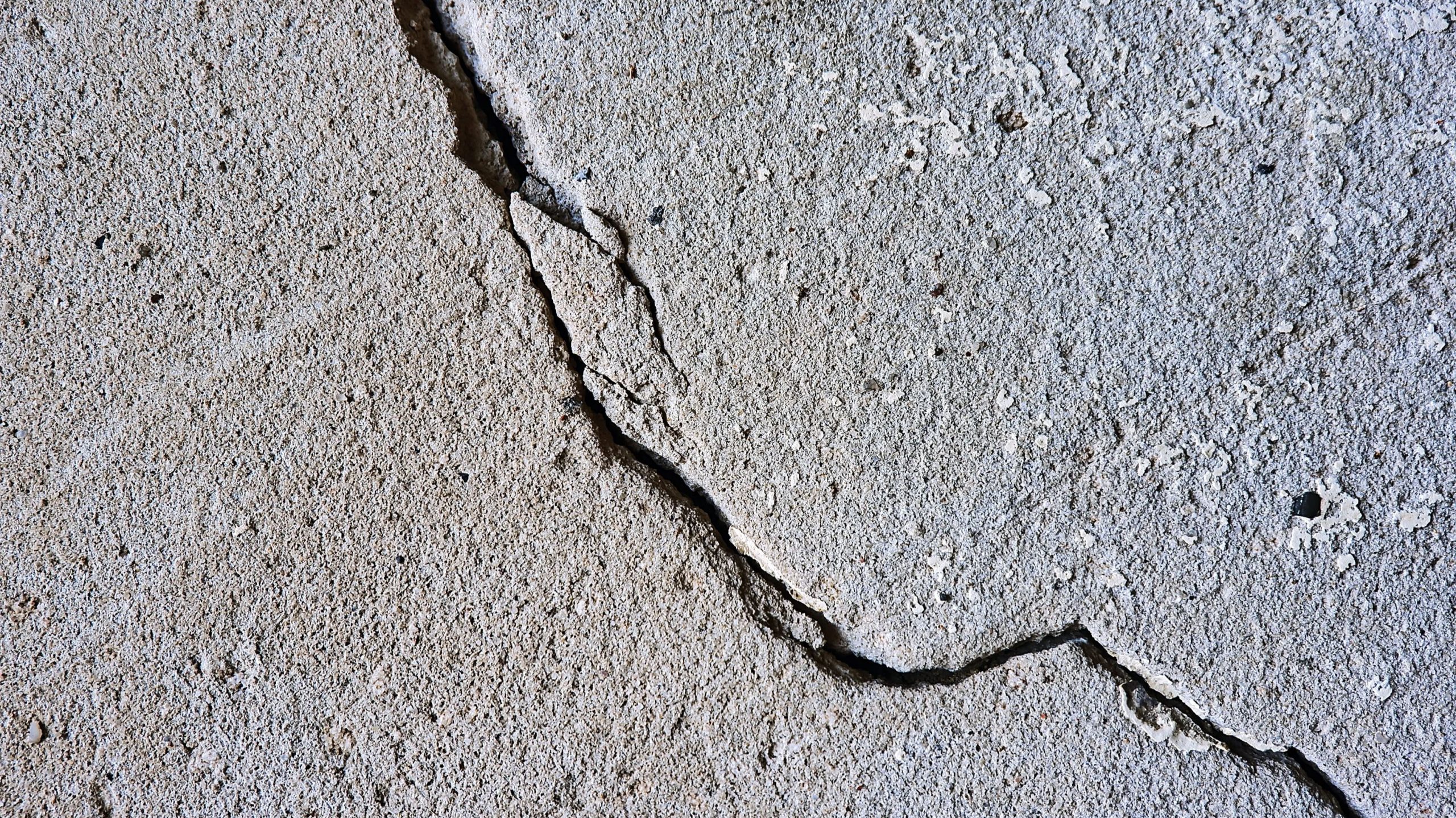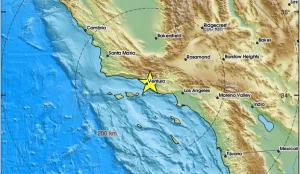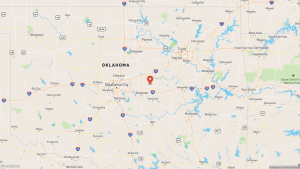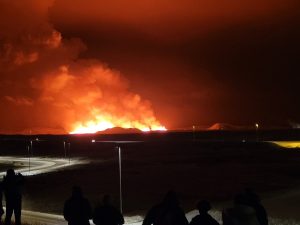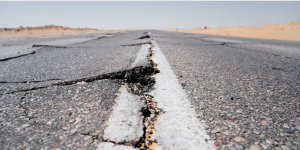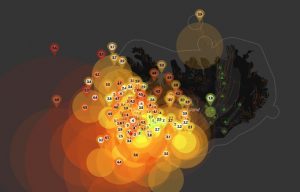An earthquake with a magnitude of 6.3 on the Richter Scale struck Southeast of Honshu, Japan, at 6.10 pm IST on Monday, the US Geological Survey said. No tsunami warning has been issued so far. The quake occurred at a depth of 6.1 kilometers and there have been no reports of any damage and causalities.
On October 7, an earthquake of 5.9 magnitude at its epicentre was the strongest to hit Japan’s capital since the earthquake and aftershocks on March 11, 2011.
Japanese media including the Shukan Taishu magazine asked whether the quake may have been an ominous warning of a shuto chokka jishin (earthquake directly beneath the capital).
Also Read: Why is Peru vulnerable to earthquakes?
If Tokyo and its surrounding prefectures of Kanagawa, Chiba and Saitama are included, the dreaded “big one” would affect an area accounting for roughly one-quarter of Japan’s entire population, reports Japan Times. A worst-case projection by the govermment pegs the toll as 23,000 dead and missing, and economic losses of ¥47 trillion or more.
“The Japanese archipelago is presently in a period of seismic activity, which is the reason why earthquakes are occurring frequently,” Kyoto University professor Yasuhiro Umeda told Japan Times.
A massive earthquake and tsunami in 2011 severely damaged three reactors at the Fukushima Daiichi plant, causing large amounts of contaminated cooling water to leak.
Also Read: 7.5-magnitude earthquake strikes northern Peru
Earlier this month, the operator of the Fukushima nuclear power plant said a data simulation of its planned release of treated radioactive water into the sea suggests extremely limited impact on the environment, marine life and humans.
Japan’s location in the Circum-Pacific Mobile Belt makes it prone to constant seismic and volcanic activities. Although the country covers only 0.25% of the land area on the planet, 18.5% of earthquakes in the world occur in Japan, according to Japan’s Ministry of Land, Infrastructure, Transport and Tourism.
“Large-scale earthquakes that are said to occur in the near future include the Nankai Trough Mega Earthquake and the Tokyo Inland Earthquake. Earthquakes other than these large-scale earthquakes may also occur anywhere in Japan,” the ministry says.

